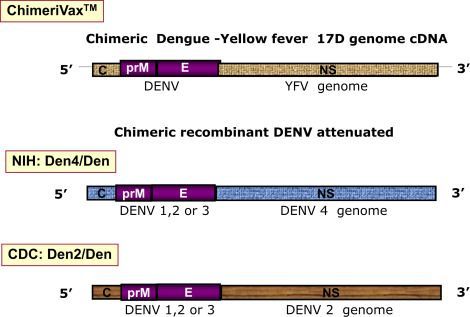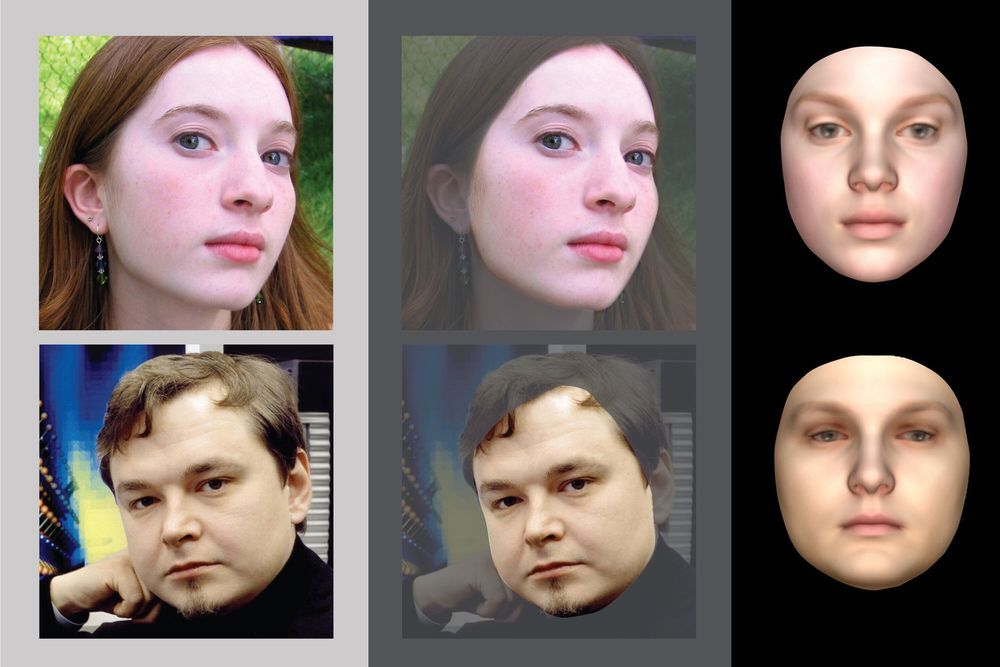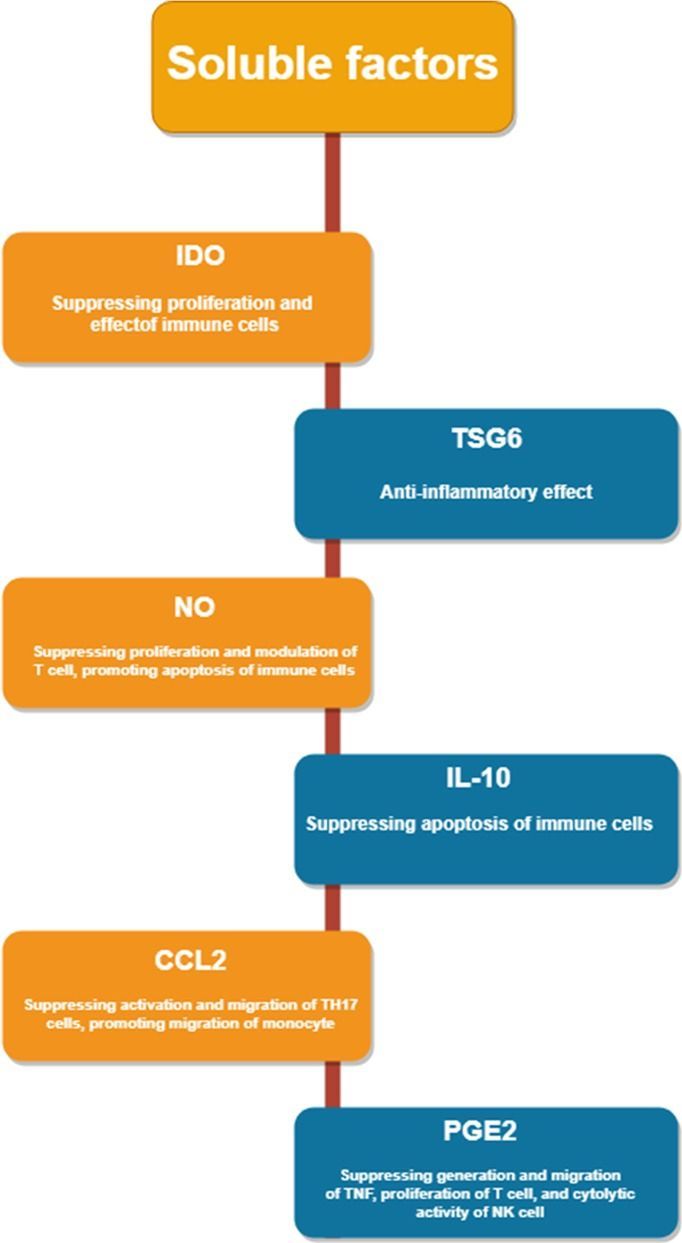Whether man made or alien made or whatever a chimeric vaccine could essentially cure the illness.
Chimeric vaccines consisting of a series of immunodominant epitopes have been explored in the development of vaccines against malaria ( Hanson and Edelman, 2004 ; Caro-Aguilar et al., 2005 ), group A streptococci ( Dale, 1999 ; Hu et al., 2002 ; Kotloff et al., 2004 ; Kotloff and Dale, 2004 ; Dale et al., 2005 ; McNeil et al., 2005 ), and several viruses ( Wang et al., 1999d ; Bouche et al., 2005 ; Fan et al., 2005 ; Apt et al., 2006 ). Data suggest that a broadly protective OspC vaccine will require the inclusion of epitopes from approximately 28 OspC types ( Earnhart and Marconi, 2007c ). Such a construct is predicted to provide protection against all major Lyme disease spirochete species associated with human disease, and to be effective in both Europe and North America. Possible cross-protection elicited by some epitopes may reduce the total number of epitopes required to achieve this goal.
A prototype tetravalent chimeric recombinant OspC-based vaccine has been produced that incorporates epitope-containing regions from types A, B, K, and D. This “ABKD” vaccine elicited antibodies in mice that bind OspC as presented on the surface of intact and viable spirochetes and mediate bactericidal activity by a complement-dependent mechanism ( Buckles et al., 2006 ; Earnhart et al., 2007 ). It is noteworthy that a decrease in epitope-specific titer was observed for epitopes progressing from the N- to the C-terminus of the chimeric protein. The antibody titer to the type D epitope was 1.7 logs lower than that observed for the N-terminally located type A epitope ( Earnhart et al., 2007 ). This effect did not appear to be due to C-terminal degradation of the construct since the addition of C-terminal tags that have been reported to stabilize recombinant proteins did not improve antibody titer ( Earnhart and Marconi, 2007a ).









